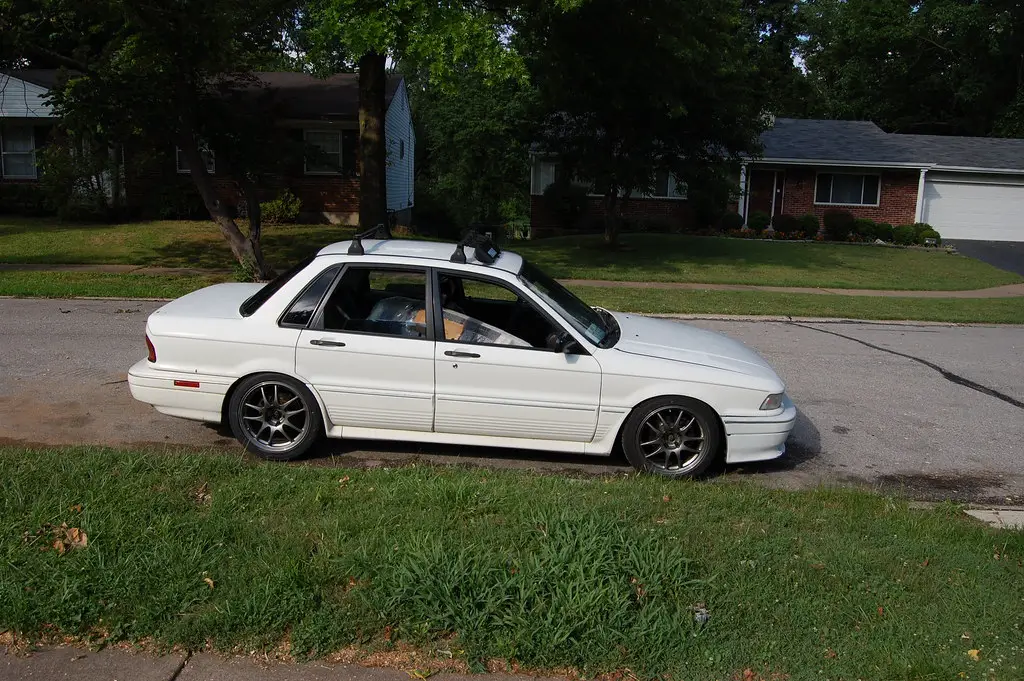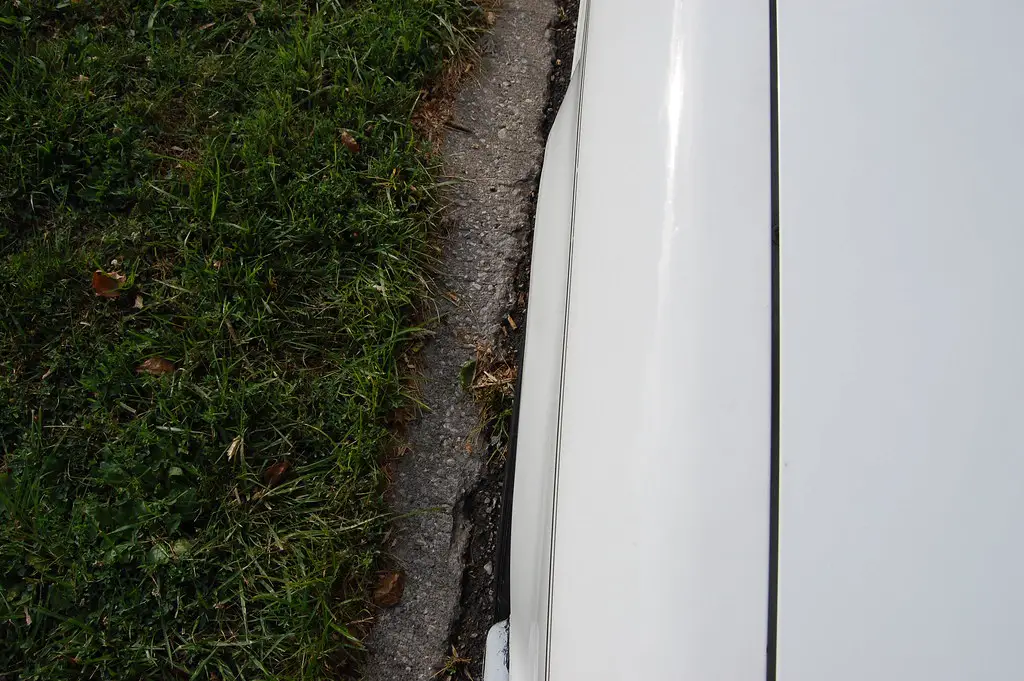DeTomaso Mailing List: November 98, Message #53
[previous topic] [index] [next topic]
From:
[email protected] (Shane F. Ingate)
Subject: Re: Wheel Spacers
Date: Thu, 12 Nov 1998 12:18:30 +0000
All,
The following is an excellent discussion on the use of wheel spacers
by two mechanical gurus of the NorCal Shelby Club, Don Wollasen and
Scott Griffith (Skod).
The discussion took place on Jun 14, 1998
Shane
------------------ Dave Dwelley asked: --------------------------
Why are wheel manufacturers so uptight about wheel spacers? I'm at
the point where I'm buying wheels for the Falcon, and because it's
fenders are so tight, I'll need to get the offset just right - that almost
assures I'll need wheel spacers. I can see how a 2" spacer might
overstress the wheel studs, but 1/8"? I don't even lose the ability to
center the wheel on the axle center! Not that most of the aftermarket
wheels seem to care - they all seem to use the lugs, not the center,
to align to the hub.
-------------------- Scott Griffith replied: ---------------------
The same reason that we frown so heavily on wheel spacers on track
cars: they really *are* dangerous, and they really do create
additional loadings in the studs that can quickly exceed the ultimate
tensile or ultimate bending strength of the studs and lead to an
outright, catastophic failure.
When you have a wheel bolted directly to a rotor (or a drum) with no
spacer, there is only one single shear plane. If there is slippage at
that plane, you induce a bending load in the stud. You also increase
the tension load in the stud by a value proportional to the sine of
the bend angle. However, the bending moment is applied essentially
right at the stud root- the loads are contained to the shear plane, so
the total bending load is controllable, and relatively small, since
the offset is nearly zero. It is essentially a pure shear load.
But if you interpose a spacer, then there are now two shear planes.
The makes slippage of the wheel with respect to the drum/rotor much
more likely with braking or drive loads, since there are two sets of
surfaces to clamp. But much worse than that, the bending load is no
longer applied right at the root of the stud. It is now applied
whatever the spacer thickness is *away* from the stud root. The
bending load is thus proportional to the spacer thickness, and if that
thichkess is nonzero, the load goes up *fast*. Even worse, the
increase in the tension load is proportional to the square of the sine
of the bend angle (if I remember correctly), and that value goes up
*unbelievably* fast with increasing bend angle. At that point, the only
question is whether the stud will fail from accelerated fatigue
cracking due to the bending loads, or just fail in a brittle mode from
the tension overload. This is not a contest you want taking place on
your car.
Bottom line is that running a 1/8" spacer probably reduces the
ultimate strength of the assembly by a factor of 2, and the fatigue
life goes to hell as well. With a 1/2" spacer, the loads can exceed
the ultimate strength of even the best quality studs, and the fatigue
life is nonexistent. I have seen an instance where a friend of mine (a
chassis engineer at Ford, in fact) sheared 4 of the 5 ARP 180,000psi
studs on one front corner in a *single stop* with a 1/2" spacer, even
when they were properly torqued- just to prove the point of the risks
involved in running spacers. Moroso studs, or some of the other
somewhat brittle "race" studs, have no chance whatsoever when run with
a thick spacer.
Don't run loose spacers on the front end, at all, ever, on a track
car. They might be acceptable on the rear (since the braking loads are
so much less), or on a delicately-driven street car, but not one that
I own! For a car that will see threshold braking into a corner where a
stud failure is likely to result in a trip to the toolies, they are
just flat unacceptable. While we do not have a blanket prohibiton
against wheel spacers in the tech rules, there are solid engineering
reasons to avoid them like the plague. We've been trying to slowly
educate people about them as time goes on and cars go faster, one on
one- but this is a good time to bring it up again. If somebody shows
up at Nini Nats with inch-thick spacers, we'd probably park them. It's
always fun to look at Super Ford, and see pictures of the drag racers
who've blown their rear studs out at launch, and try to blame the
studs...
If you absolutely, positively *must* run spacers to make the stackup
work on your car, you must machine them for some hardware (perhaps
reamed dowels and countersunk socket-head cap screws) that you can use
to rigidly lock out one of the two shear planes. Studs will handle
single-shear-plane loadings all day long, if properly torqued, but
they die *fast* with two shear planes and the resulting increase in
bending and tension loads.
One of these days I'll pull out a chunk of graph paper and redo the
derivation of the bending/tension load changes for an example case. I
did it once before, and the numbers really are mind-boggling. Maybe I
can find my notes- but it was 10 years ago...
-skod
----------------------- Don Wollasen replied: ------------------------
Good post, Skod.
However, a few comments from the peanut gallery.
IF the studs are well torqued, then the wheel to hub is (well, SHOULD
be) attached by FRICTION and NOT dependent on the shear or bending load
on the studs. i.e. if the spacer doesn't flex any (it does a little)
then there should be no shear load or bending load on the stud. What
this means to non-Engineer types, is that you want to squeeze the wheel
so that it sticks to the hub with friction. So, if you torque the nut to
the stud and place 50,000 pounds of tensile force on the stud ... which
squeezes the wheel to the hub, then if the friction coefficient between
the wheel and hub is 0.9, then you can put 40,000 pounds of shear force
(per stud) on the wheel to hub interface. If the friction coefficient
between the spacer and the wheel is 0.9, then you are down to 36,000
pounds of shear capability. So ... the message here with this comment is
that the surface between the hub and the spacer and the wheel should not
be shiny, it should have surface roughness ... like normal machine
marks.
It is, however, better to think of all metals as plastic and assume that
they do flex some. Since the wheel and spacer does flex a bit, the stud
will bend a bit ... and this will be true even with no spacer. As Skod
points out, any bending of the wheel stud is NOT good. If you use really
brittle studs (as Skod pointed out), they are more likely to break. My
point being here that the discipline of checking wheel bolt(or nut)
torque before each run on a race car is maybe tedious, but is good
practice if you don't want the wheels to fall off.
The fact the studs do break with bigger spacers as pointed out by Skod,
should be evidence that Engineering pontification notwithstanding, it is
an issue.
I run 1/4" spacers on the front end of my Jensen Healey. Of couse it has
500 pounds/wheel with 4 of the same ARP studs you Mustang guys use 5 of
on your well prepared track cars with 900 pounds/wheel.
So ... if you are gonna hafta use a 1/2" spacer, then I would recommend
that the spacer be:
a) dowelled to the wheel
b) screwed to the wheel (with aluminum wheels use coarse pitch threads
because the aluminum can't stand a lot of torque anyway). Note, this is
just to get the spacer to the wheel in close contact and keep it there
when you take the wheel off, the real squeeze needs to come from the
wheel studs-bolts when you bolt the wheel to the hub.
c) Spacer Locktited or epoxied to the wheel (a "permanent" attachment).
Or in other words, you should make sure the spacer is as much a part of
the wheel as you can. Then you approach having only one friction shear
surface (the one from the hub to the spacer). This will be not quite as
good as having no spacer. Of course this is NOT as good as being able to
obtain a wheel with the correct offset in the first place.
My message here is agreement with Skod to try to avoid using thick
spacers, but if you must, do as much as you can to avoid the problems
Skod pointed out. And be extra careful about torquing the studs before
running. Use a torque wrench for sure. Torque to the spec for your wheel
studs.
Don Wollesen
----------------------------------------------------------------------
[previous topic] [index] [next topic]

